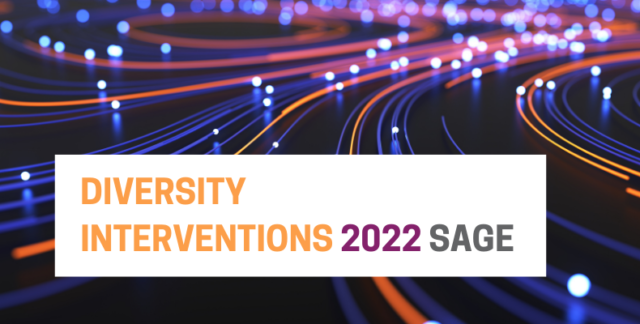The Workforce Diversity in Higher Education report[1] identified major challenges that Asian academics face in Australian universities, including:
- their significant under-representation in senior positions, despite the fact that Asians have constituted the majority of international students since the 1980s;
- the gender gap among Asian-born academics has widened between 2005 and 2015, while it has been closed for other groups; and
- the majority (67.9%) of Asian women felt they had been affected by their immigrant background in the workplace, which was higher than the figure (52.7%) for their male counterparts.
This research argues for more attention to intersectionality in diversity and inclusion (D&I) efforts to address these issues. Based on 77 qualitative interviews with Asian female academics, it identified several interventions that have been and/or would be helpful in addressing their under-representation and challenges.
The most crucial one is the university management’s commitment to diversifying the staff and supporting minorities. When there is a strong commitment from senior management, more minorities are hired, and support is provided for inclusion.
Unconscious bias training is also effective, as studies have demonstrated that unconscious bias often operates in recruitment/promotion processes. Such training should be offered more widely, together with anti-racism and intercultural-awareness training. Training alone, however, will not resolve the under-representation of Asian women: quotas and/or targets, which successfully advanced women’s positions in Australian academia, should also address intersectionality.
The participants acknowledged that Asian women tend to undervalue themselves and do not feel comfortable with self-promotion due to their cultural upbringing. They also struggle with their family’s gender role expectations. For these matters, mentoring is helpful, though its effectiveness varies, depending on the program arrangements, mentors’ time commitment and the nature of mentorships.
Long-term, regular consultations and research collaboration with mentors are effective. For those who were educated in Australia, their academic advisors often support them as informal mentors, providing advice and career-related opportunities. Those who were educated overseas, however, struggle to find supportive mentors due to their limited social capital in Australia. Their lack of cultural capital and unfamiliarity with Australia’s higher education system add another challenge.
Official mentorship is crucial for them, but some participants argued that mentors should be incentivised in the forms of workload and/or remunerations, as they tend to be too busy to meet with their mentees on a regular basis.
Others reported that the mentoring/leadership programs that specifically cater to minority women were highly helpful. The participants benefitted from developing connections with women in senior management, receiving advice from them and developing support groups with other minority women. Such targeted programs should become more widely available.
Lastly, the participants emphasised the importance of minority female “role models” in their university communities. Australian universities should have more diverse ethnic and gender minorities in visible leadership positions to inspire future generations of minority academics.
Reference
[1] Oishi N (2017) Workforce diversity in higher education: the experiences of Asian academics in Australian universities [PDF 2,515 KB], The University of Melbourne, accessed 5 April 2022.
Presenters
- Nana Oishi, University of Melbourne
- Guangyu Qiao-Franco, University of Southern Denmark

